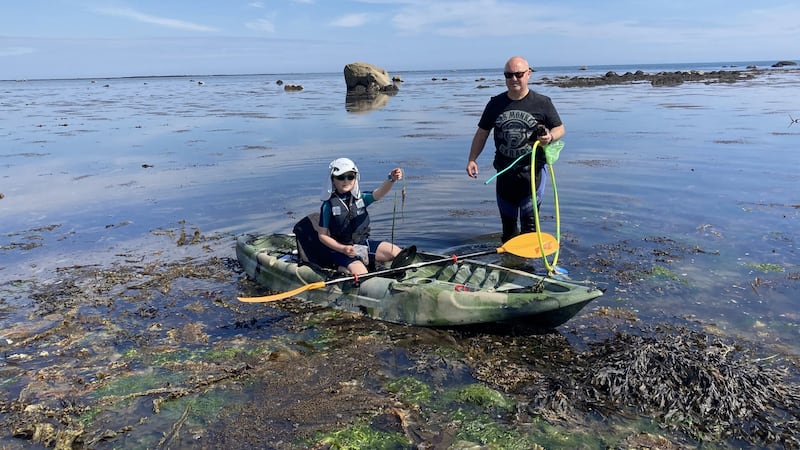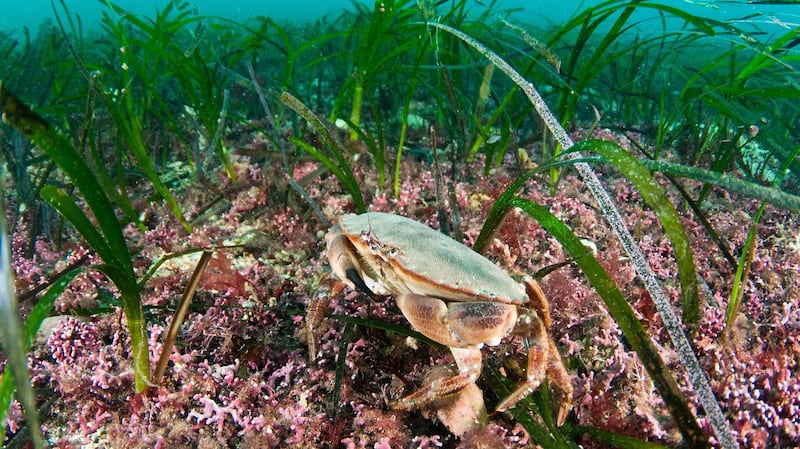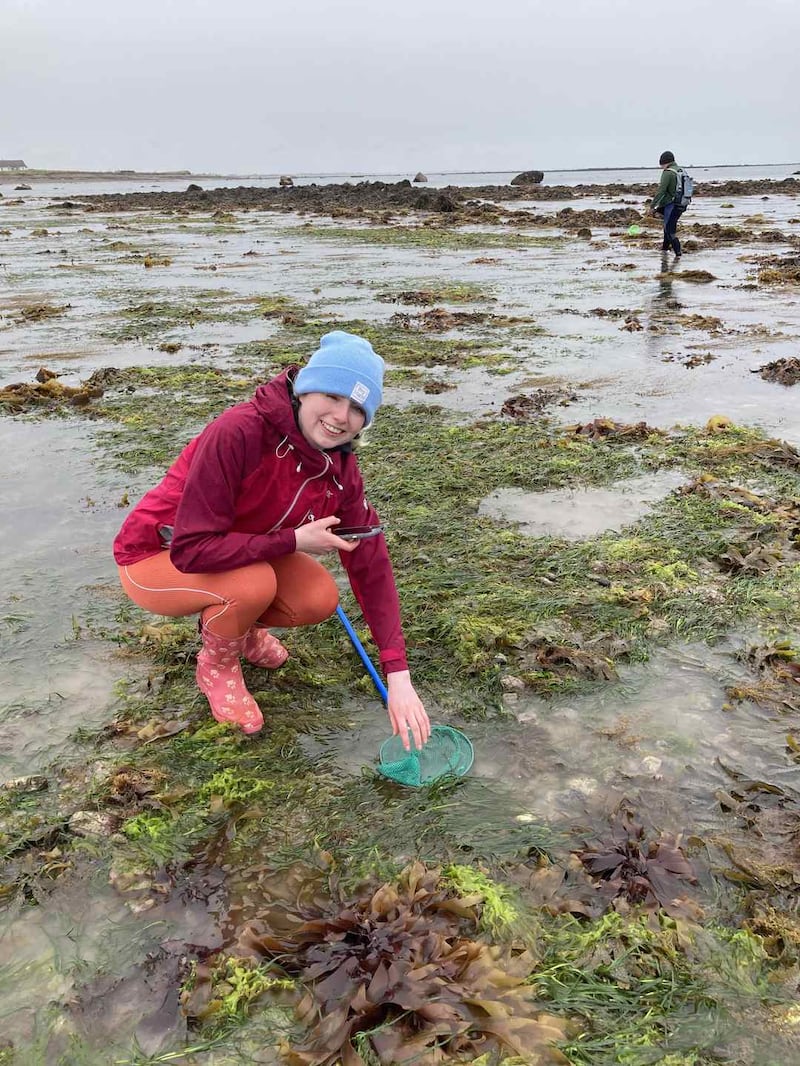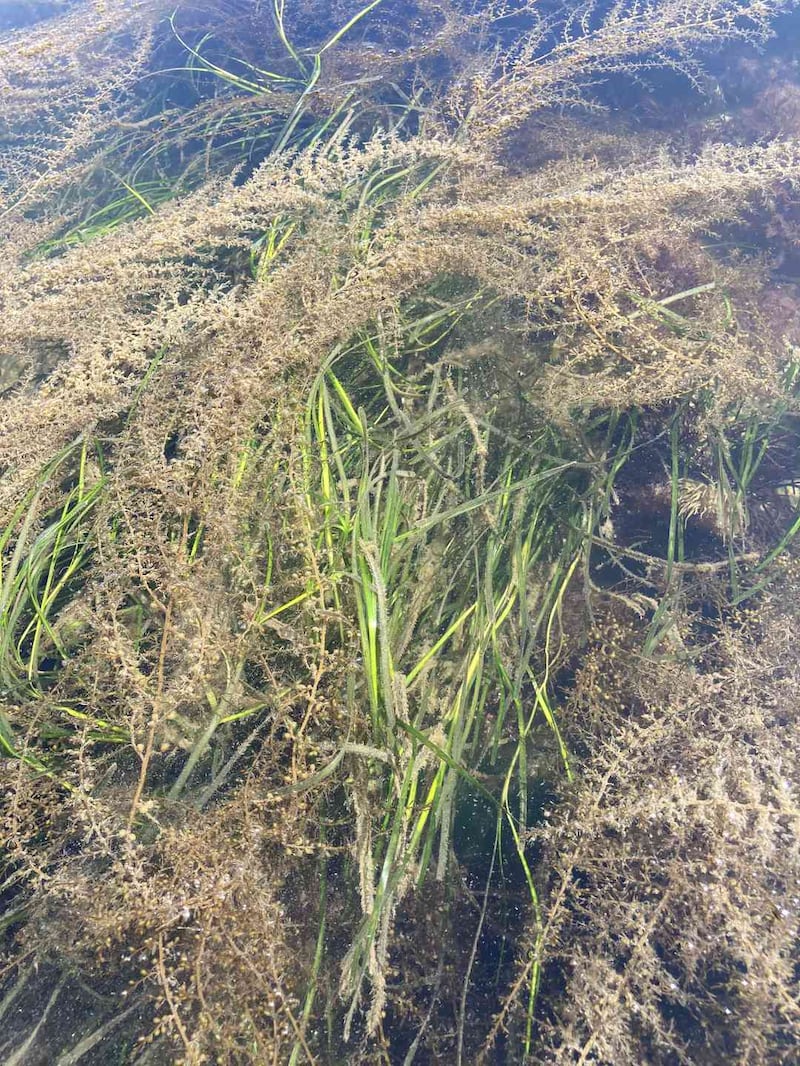Coastwatch is launching a national campaign to assess the state of Ireland's sea-grass populations which play a critical role and in countering climate change by capturing carbon and provide a rich habitat for marine species.
Coinciding with World Environment Day (WED) on Saturday, the environmental group is seeking the help of the public – as citizen scientists – in conducting research at key coastal locations with a view to informing their restoration, especially in helping to arrest biodiversity loss.
Members of the public are asked to confirm that known seagrass lawns and meadows remain, and help Coastwatch in their search for new lawns and meadows.
Seagrasses have a key role in carbon sequestration, and act as carbon sinks.
However, seagrasses are in decline globally due to sustained pressure from coastal development, water quality deterioration and the ongoing threat from global warming; this decline is occurring in many parts of Ireland.
"We have been losing seagrass habitat worldwide and see serious loss and damage in Europe and Ireland too," said Coastwatch director Karin Dubsky.

Seagrass has featured in its annual Coastwatch survey for a decade. A verification and mapping exercise in 2019 supported by the Marine Unit of the Department of Housing confirmed new sites not on official maps and extended the known range of the sublittoral seagrass meadows formed by Zostera marina species notably in Kilmore Quay, Co Wexford.
Seagrass losses also arise from avoidable damage like driving or trampling over intertidal seagrass lawns, ploughing or dredging through both intertidal and deeper meadows, Ms Dubsky said.
Invasive alien species can outcompete seagrass in space or access to light, excess nutrients chokes them and rising mudflat temperatures causing die off in heatwaves, she added.
"In Kilmore Quay, the invasive alien Sargassum muticum needs to be removed urgently as it is man height and seagrass is struggling for light under that thick brown canopy," explained Mick Berry a Coastwatch co-ordinator.

“Action is needed to turn this around, but most people can’t tell seagrass apart from opportunistic green seaweeds and aren’t aware of its importance,” Ms Dubsky said. “While the EPA has an intertidal seagrass monitoring programme and does report damage, it is often difficult to tell who should halt or prevent it.”
With long sublittoral seagrass meadows, Coastwatch points to gaps in location and seagrass health information, lack of monitoring and an absence of “legal and on-the-ground protection for this key habitat”.

Action plan
Dublin City Council is the first local authority in Ireland to put seagrass protection and restoration into its biodiversity action plan – a draft version is currently out for public consultation. It has worked with Coastwatch on environmental projects including a successful monitoring of Zostera noltii beds at Sandymount and Merrion Gates.
Green MEP Grace O’Sullivan welcomed the Coastwatch campaign “as the UN Decade on Ecosystem Restoration dawns on World Environment Day 2021 to prevent, halt and reverse the degradation of ecosystems on every continent and in every ocean”.

She recalled being involved in a Mediterranean seagrass protection campaign when working for Greenpeace. “Back then, we wanted to protect it for its importance as a fish nursery and feeding grounds. Now, we have the added knowledge of its carbon sink and sequestration role as it binds sediments, with its roots and rhizomes,” she added – oceans capture a third of global CO2 but rising temperatures caused by greenhouse gases is impairing that ability to sequester carbon.
“We are looking for seagrass searchers to confirm old seagrass lawns and meadows are still there and spot new ones’ explained Coastwatch team member Dolf d’Hondt.
Coastwatch has called on politicians to back seagrass protection and restoration. "If we had a seagrass policy and legislation to be rolled out now as part of Ireland's first national Marine Spatial Plan it would support local authorities when they take over near shore planning responsibilities," Ms Dubsky said.
Biodiversity
To coincide with WED, Irish Water has outlined a plan to support biodiversity across its network of 1,700-plus water and wastewater treatment sites throughout the country.
Dr Brian Deegan, Irish Water ecologist said: "Irish Water recognises the need to increase and accelerate efforts to halt the decline of biodiversity and we are committed to ensuring that we build and manage our infrastructure responsibly so that our ecosystems are protected, and where possible enhanced."
Noting the theme of WED 2021 was ecosystem restoration, he said a collective effort would help to halt the decline of Ireland’s rich biodiversity. “We have sites in almost every towns and village in the country, spanning a wide range of natural habitats and it’s our responsibility to protect these healthy ecosystems that benefit us all,” he added.
Director of the National Biodiversity Data Centre Dr Liam Lysaght welcomed the Irish Water initiative and said they were pleased to partner with the utility through the All-Ireland Pollinator Plan to support measures to better conserve biodiversity on land managed by the public and semi-State sector.
“Ireland’s rich biodiversity is probably our greatest natural resource, but it is under threat here as it is all over the world. Fortunately, there is growing awareness of the need to protect and enhance our biodiversity and we all have a role to play as individuals and organisations in supporting natural ecosystems,” he added.
Details and research material are available at http://coastwatch.org/europe/seagrass/










